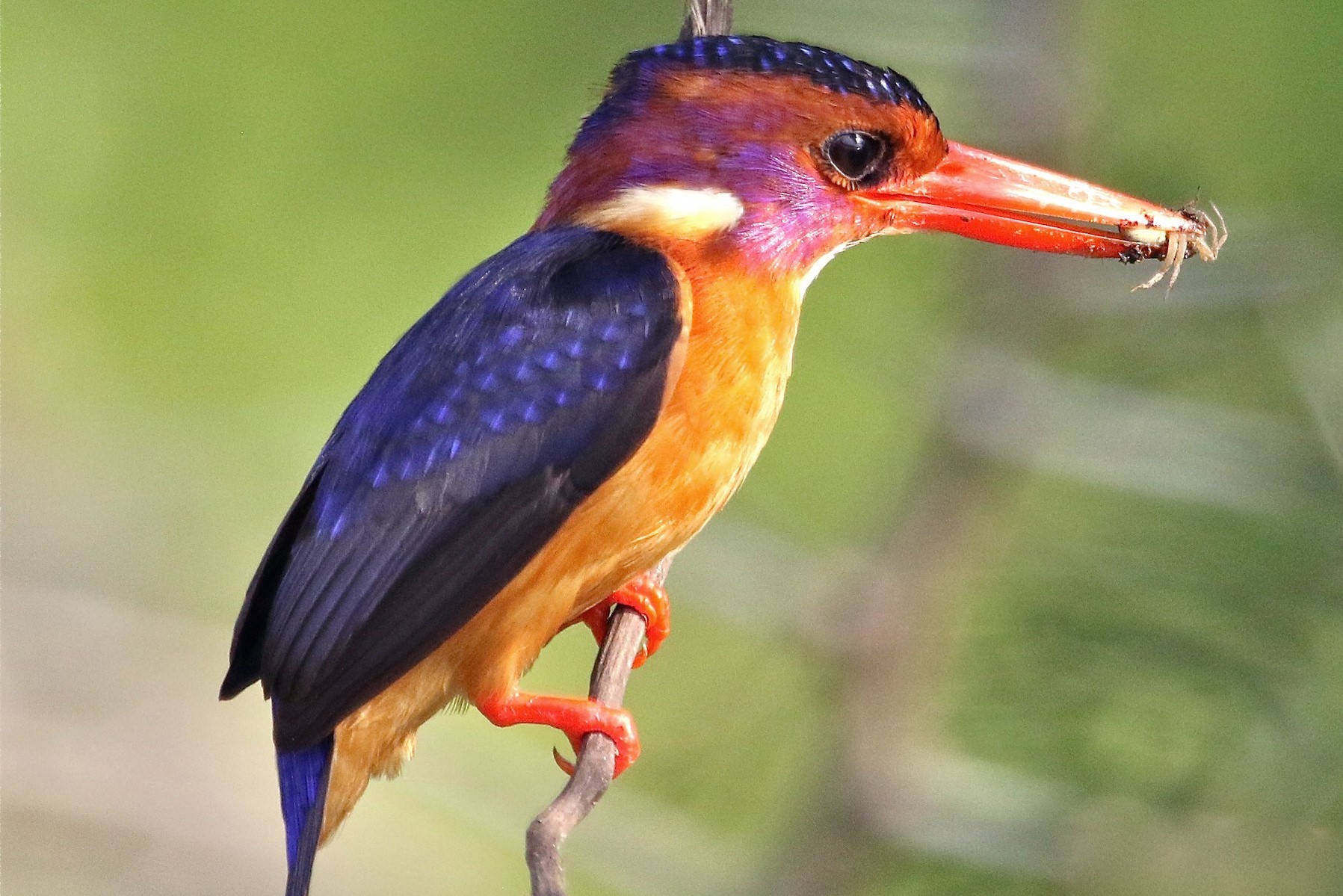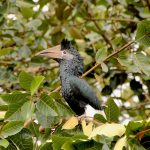African Pygmy Kingfisher: A Jewel of Uganda’s Avian Diversity
African Pygmy Kingfisher (Ispidina picta). Uganda, often referred to as the “Pearl of Africa,” is renowned for its breathtaking landscapes and diverse wildlife. One of the hidden gems within this East African nation’s wildlife is the African Pygmy Kingfisher (Ispidina picta). This tiny and colorful bird, despite its diminutive size, captivates birdwatchers and nature enthusiasts alike with its striking plumage and captivating behavior.
Physical Appearance
The African Pygmy Kingfisher is a small bird, measuring just 11-12 centimeters (4.3-4.7 inches) in length. Its most striking feature is its vibrant and eye-catching plumage, which consists of shades of deep blue, orange, and white. The bird’s upperparts are adorned with iridescent blue-green feathers, while its head and breast are a rich orange. Its undersides are pristine white. Black spots can be seen on the breast, forming a unique pattern that distinguishes it from other kingfisher species. This bird’s small size and exquisite colors make it a true jewel among Uganda’s avian inhabitants.
Habitat and Distribution
The African Pygmy Kingfisher can be found in various African countries, including Uganda. It prefers dense woodland, riparian habitats, and the edges of forests, where it can find suitable perches for hunting insects. In Uganda, it can be spotted in National Parks and reserves like Queen Elizabeth National Park, Kibale Forest National Park, Murchison Falls National Park, and Bwindi Impenetrable National Park. These parks provide ideal environments for these little birds to thrive.
Diet and Behavior – African Pygmy Kingfisher (Ispidina picta)
Despite its name, the African Pygmy Kingfisher does not primarily feed on fish. Instead, it is an insectivore, preying on a variety of small invertebrates, including insects, spiders, and other arthropods. This tiny kingfisher is a sit-and-wait predator, perching on branches or wires and scanning the surroundings for its prey. When it spots a suitable meal, it quickly darts down to capture it with its sharp beak.
Breeding and Reproduction – African Pygmy Kingfisher (Ispidina picta)
The African Pygmy Kingfisher is a monogamous species and often forms strong pair bonds. During the breeding season, which typically occurs in the rainy season, the female excavates a burrow in an embankment or termite mound. This burrow serves as the nesting site, and it is lined with grass and leaves. The female lays a clutch of 2-5 eggs, which both the male and female take turns incubating. After about two weeks, the eggs hatch, and the parents work together to feed and care for the chicks until they fledge.
Conservation Status
The African Pygmy Kingfisher is not currently considered a globally threatened species, but its populations can be locally affected by habitat loss and degradation, primarily due to deforestation and habitat destruction in some areas of Uganda. Conservation efforts, including protecting its natural habitat and raising awareness, are crucial to ensure the continued presence of this beautiful bird in Uganda and across Africa.
Remarks on the African Pygmy Kingfisher.
In Conclusion. The African Pygmy Kingfisher, with its striking appearance and interesting behavior, is a captivating addition to Uganda’s avian biodiversity. Birdwatchers and nature enthusiasts flock to the national parks and reserves of Uganda to catch a glimpse of this colorful gem. As efforts to conserve its habitat continue, this little kingfisher will hopefully continue to brighten the forests and woodlands of Uganda for generations to come.








